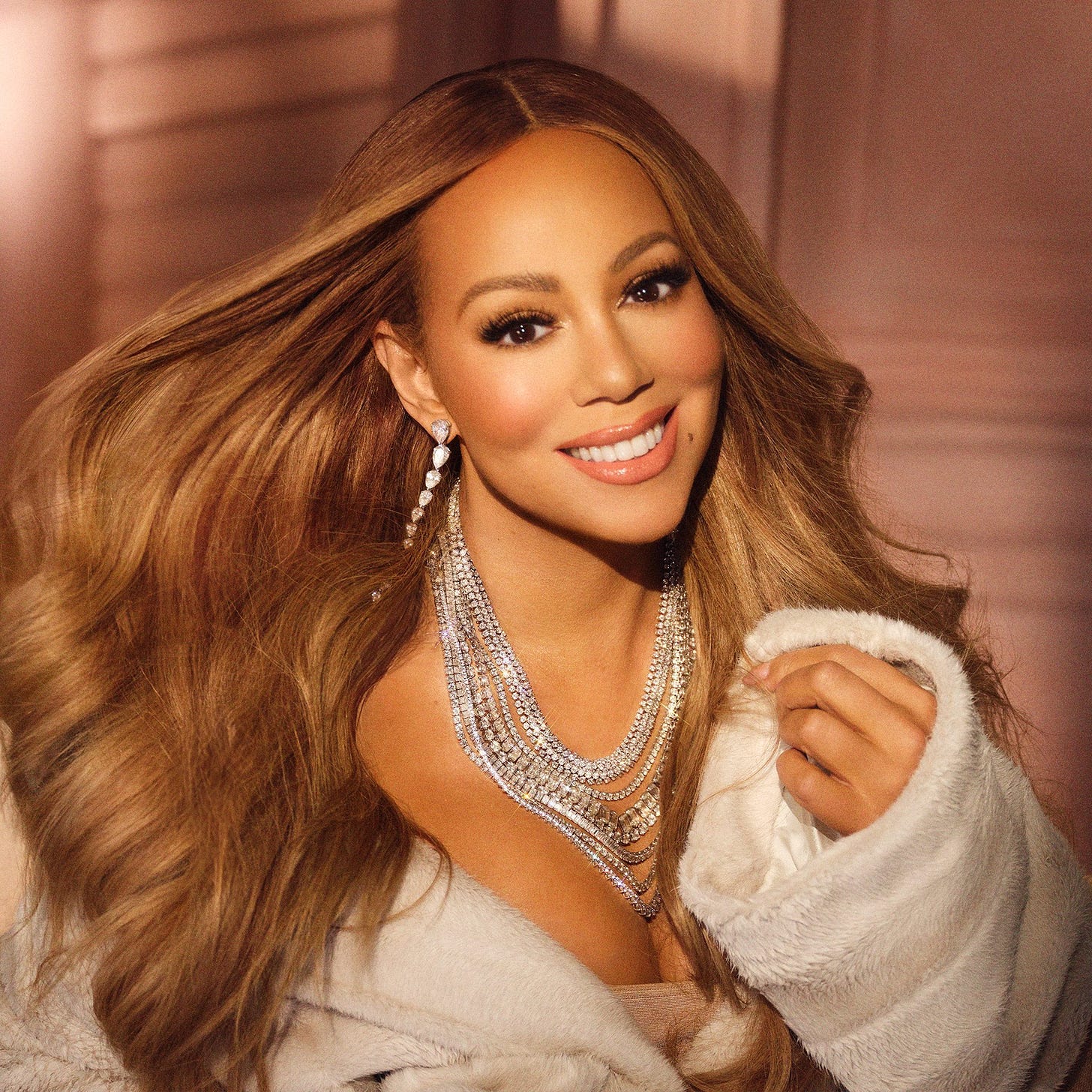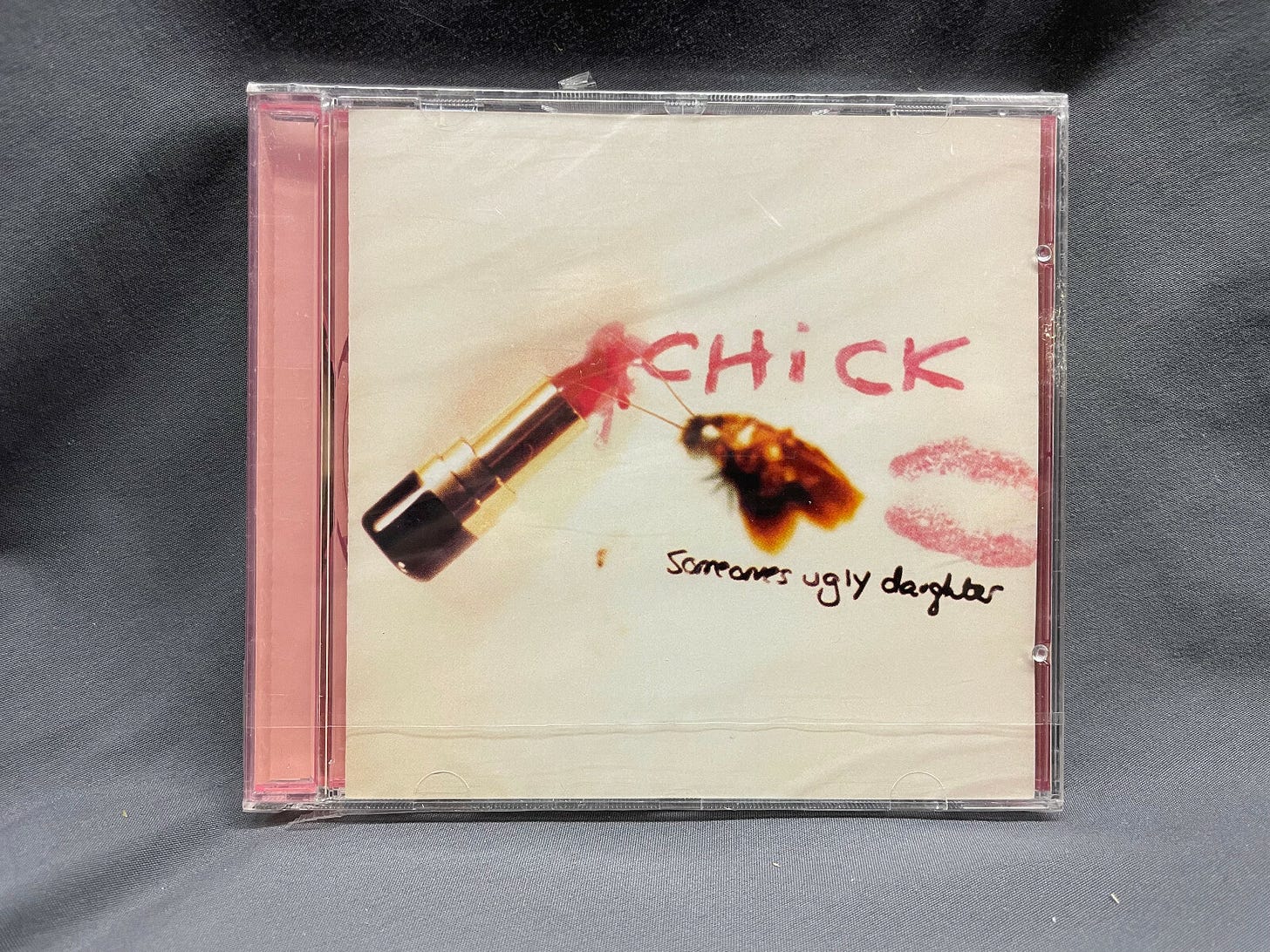Mariah Carey is the Undisputed Vibe of Here For It All
After the Rainbow: Here For It All Is Mariah Carey's Masterpiece of Controlled Emotion and Unmatched Range
In an industry obsessed with the ephemeral, Mariah Carey’s reign is a study in timeless glamour and singular authenticity. The release of Here For It All marks her highly anticipated return, presenting an album that is as meticulously crafted as her personal aesthetic.
From the moment she forced the industry to accept her vision for the “Fantasy” remix with Ol’ Dirty Bastard, Mariah Carey has been the secret formula that continuously revitalizes R&B and Hip-Hop. She didn’t just borrow from the genres; she fused them into Pop’s mainframe, creating the blueprint for the modern genre-fluid superstar.
Here For It All, with its eclectic mix of hip-hop inflections on tracks like “Type Dangerous” and the soulful bounce of “In Your Feelings,” underscores her deep, authentic connection to Black American music. Her chemistry with Anderson .Paak on “Play This Song” is effortless, a smooth, vintage soul track where their voices naturally complement a lush arrangement—a vibe that’s purely Mariah.
Mariah has referred to this release as “The Era of Me,” a deeply personal reflection of dazzling R&B. Her ability to collaborate, not just for a moment but to create a lasting memory, is where her influence truly shines.
Mariah Carey’s discography has always been defined by moments of vulnerability woven into maximalist pop arrangements. With Here For It All, she returns with a finely tuned album that continues to champion quality over quantity, a philosophy that has yielded some of the most celebrated melodies and vocal performances of the last thirty years. Her intricate, densely layered background vocals—often entirely her own voice—remain a core part of her sonic DNA, showcasing her unparalleled brilliance as a producer and vocal arranger.
The seamless blend of R&B, soul, and gospel shows an artist fully in command of her narrative. The inclusion of the legendary Clark Sisters on “Jesus I Do” is not merely a feature; it’s an acknowledgment of the gospel roots that birthed the voice that changed pop singing forever, popularizing melisma and the whistle register to a global audience.
By tapping into the talents of modern R&B and Dancehall standouts Kehlani and Shenseea for the infectious “Sugar Sweet,” Carey isn’t chasing trends; she’s using her platform to shine a brighter light on the next generation. It’s an act of grace that will resonate through the upcoming awards season, positioning them for the accolades they deserve. It is this authentic reverence for the music and a commitment to nurturing its future that makes every Mariah album, regardless of its chart performance, an essential text in R&B and Pop history. Here For It All is an essential listen because it reaffirms that Mariah is, and always will be, the blueprint.
Mariah’s journey, from the girl who fought for her unreleased alternative album, Chick’s Someone’s Ugly Daughter, to the producer who now commands her own label, embodies the ultimate fashion of self-determination. Her power lies in her unparalleled voice, but her enduring style is her unapologetic and enduring control over her narrative. She is the ultimate diva because she is, truly, the creative nucleus of her own enduring empire.
The story of the 1995 grunge album, ‘Someone’s Ugly Daughter,’ released under the moniker Chick, remains one of the most fascinating footnotes in music history. Recorded while she was simultaneously crafting Daydream, the album allowed Mariah to vent her frustrations with the polished Pop machine that sought to control her. Label executives, fearing it would “damage her image,” forced her to use a friend, Clarissa Dane, for lead vocals, relegating Mariah to background parts under the pseudonym “D. Sue.”
The fact that this project—a raw, alternative-rock expression of her misery and creative freedom—was suppressed only highlights the battles she fought for her artistic soul. The existence of Chick shows Mariah’s dedication to following her muse, proving that even when the masses weren’t “here for it,” Mariah was still here for the art.




